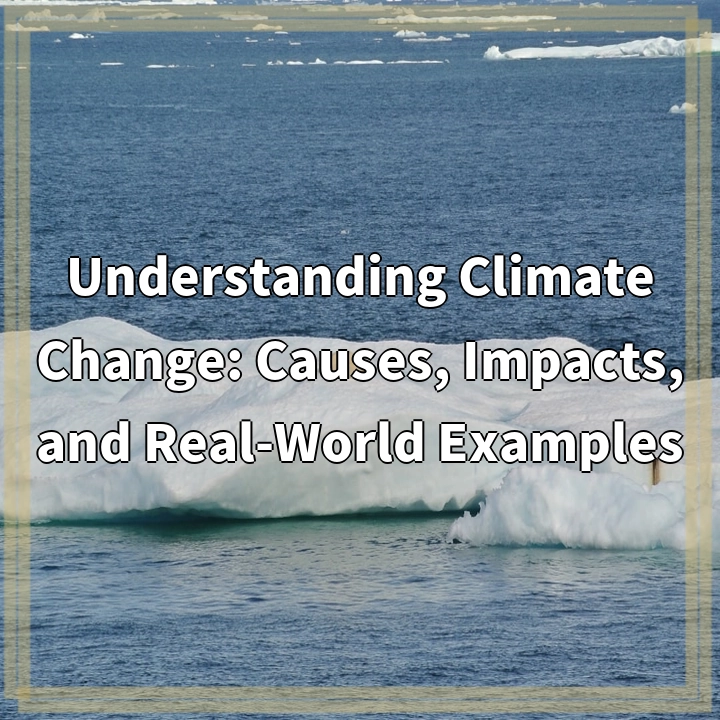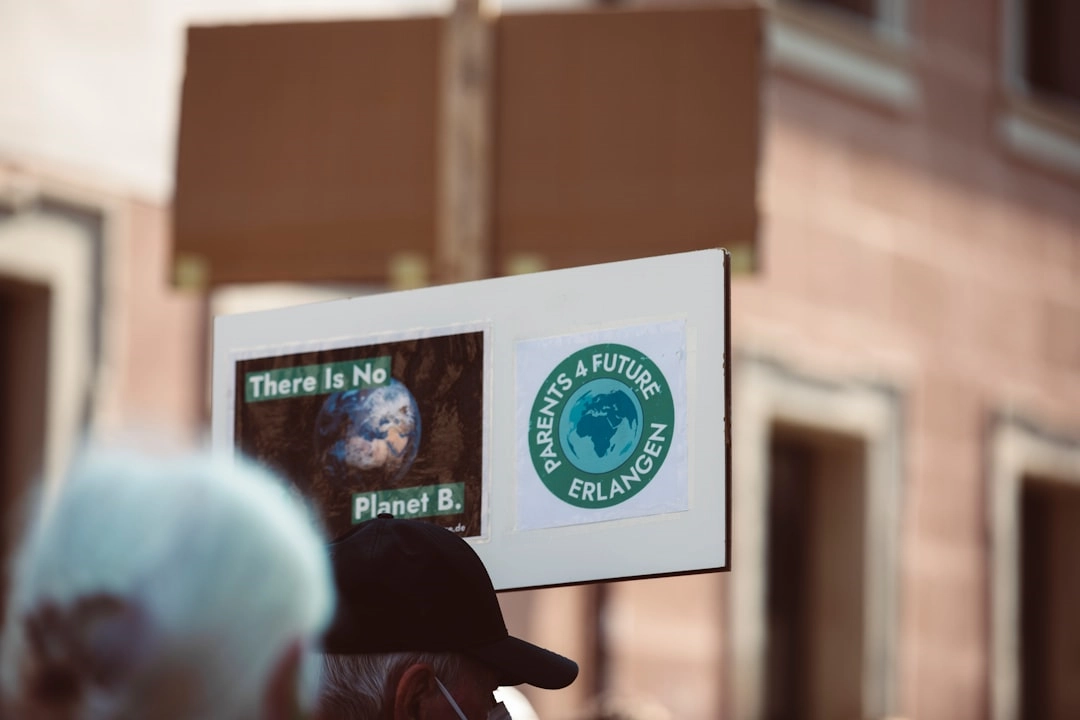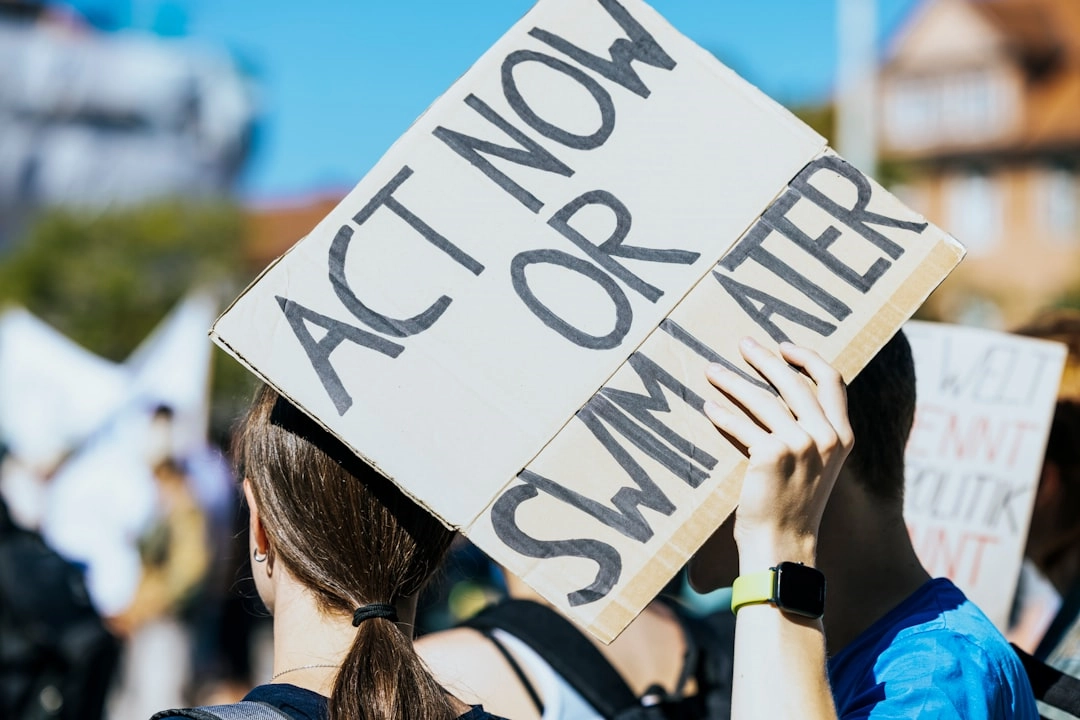
What it is:
Climate change refers to significant and lasting changes in temperature, precipitation, wind patterns, and other elements of the Earth’s climate system. It is primarily driven by human activities, especially the burning of fossil fuels like coal, oil, and natural gas, which increases the concentration of greenhouse gases (GHGs) in the atmosphere. These gases trap heat from the sun, leading to an increase in the Earth’s average temperature, a phenomenon commonly known as global warming.
Understanding Greenhouse Gases
The major greenhouse gases responsible for climate change include carbon dioxide (CO2), methane (CH4), and nitrous oxide (N2O). While natural processes release these gases, human activities such as deforestation, industrial processes, and agricultural practices have significantly increased their levels, exacerbating global warming.
Real-World Problems
As climate change progresses, it brings a range of serious and interconnected problems that affect ecological systems, human health, and economic stability. Some of the most pressing real-world problems include:
1. Extreme Weather Events
Climate change has been linked to an increase in the frequency and intensity of extreme weather events, such as hurricanes, floods, droughts, and heatwaves. These events can lead to significant loss of life, displacement of communities, and extensive damage to infrastructure.
2. Rising Sea Levels
As global temperatures rise, polar ice caps and glaciers are melting, contributing to rising sea levels. This poses a threat to coastal cities and vulnerable ecosystems, leading to flooding, erosion, and the loss of habitat for wildlife and human populations alike.
3. Food Security
Climate change affects agricultural productivity through altered weather patterns, changing growing seasons, and increased pests and diseases. This jeopardizes food security, leading to higher prices and scarcity of essential crops, particularly in developing countries.
4. Public Health Risks
Increased temperatures and changing climatic conditions can exacerbate health problems. Heatwaves can lead to heat-related illnesses, while shifting environmental conditions can affect the spread of vector-borne diseases like malaria and dengue fever.
5. Displacement and Migration
As certain areas become uninhabitable due to extreme weather, rising sea levels, or failing agriculture, populations may be forced to migrate. This creates climate refugees and can lead to social unrest, conflicts over resources, and strain on urban areas.
6. Biodiversity Loss
Climate change can disrupt ecosystems and lead to habitat loss, threatening countless species with extinction. As species struggle to adapt or migrate to suitable climates, biodiversity is significantly impacted, undermining ecosystems that provide vital services to humans.
7. Economic Impact
The economic implications of climate change are profound. Damage to infrastructure, increased healthcare costs, and reduced agricultural yields can strain local and national economies. The costs associated with disaster recovery and adaptation measures can further compound these challenges.

Solutions to Address Climate Change
To mitigate the impacts of climate change and adapt to its effects, a combination of strategies and solutions is necessary. These solutions encompass policy measures, technological innovations, and community engagement to create a sustainable future.
1. Transition to Renewable Energy
One of the most effective solutions to combat climate change is to transition from fossil fuels to renewable energy sources such as solar, wind, and hydroelectric power. This shift significantly reduces greenhouse gas emissions and promotes energy sustainability.
2. Enhance Energy Efficiency
Improving energy efficiency in industries, buildings, and transportation can lead to substantial reductions in energy consumption. This includes adopting smart technologies, implementing energy-efficient appliances, and promoting public transport use.
3. Reforestation and Afforestation
Planting trees and restoring forests are crucial for carbon sequestration, where CO2 from the atmosphere is absorbed. Protecting existing forests and increasing green spaces can also help in biodiversity conservation and soil protection.
4. Sustainable Agriculture Practices
Implementing sustainable farming techniques, such as organic farming, crop rotation, and agroforestry, can increase agricultural resilience to climate impacts. These practices also reduce emissions and improve soil health.
5. Climate Education and Advocacy
Raising awareness about climate change and its impacts is vital. Education can empower individuals and communities to take action, advocate for policy changes, and promote sustainable practices in their daily lives.
6. Adaptation Strategies
Investing in climate adaptation measures, such as building resilient infrastructure, improving water management, and developing early warning systems for natural disasters, can help communities cope with the effects of climate change.
7. International Cooperation
Climate change is a global issue that requires collective action. International agreements, like the Paris Agreement, aim to unite nations in efforts to limit global warming and promote sustainable development strategies.
8. Individual Actions
Every individual can contribute to addressing climate change by making sustainable lifestyle choices—reducing waste, conserving energy, using public transportation, and supporting eco-friendly products and companies.
Conclusion
Addressing climate change requires an integrated approach combining technology, policy, and community engagement. By adopting sustainable practices and working collaboratively, we can mitigate the effects of climate change and secure a healthier planet for future generations.















